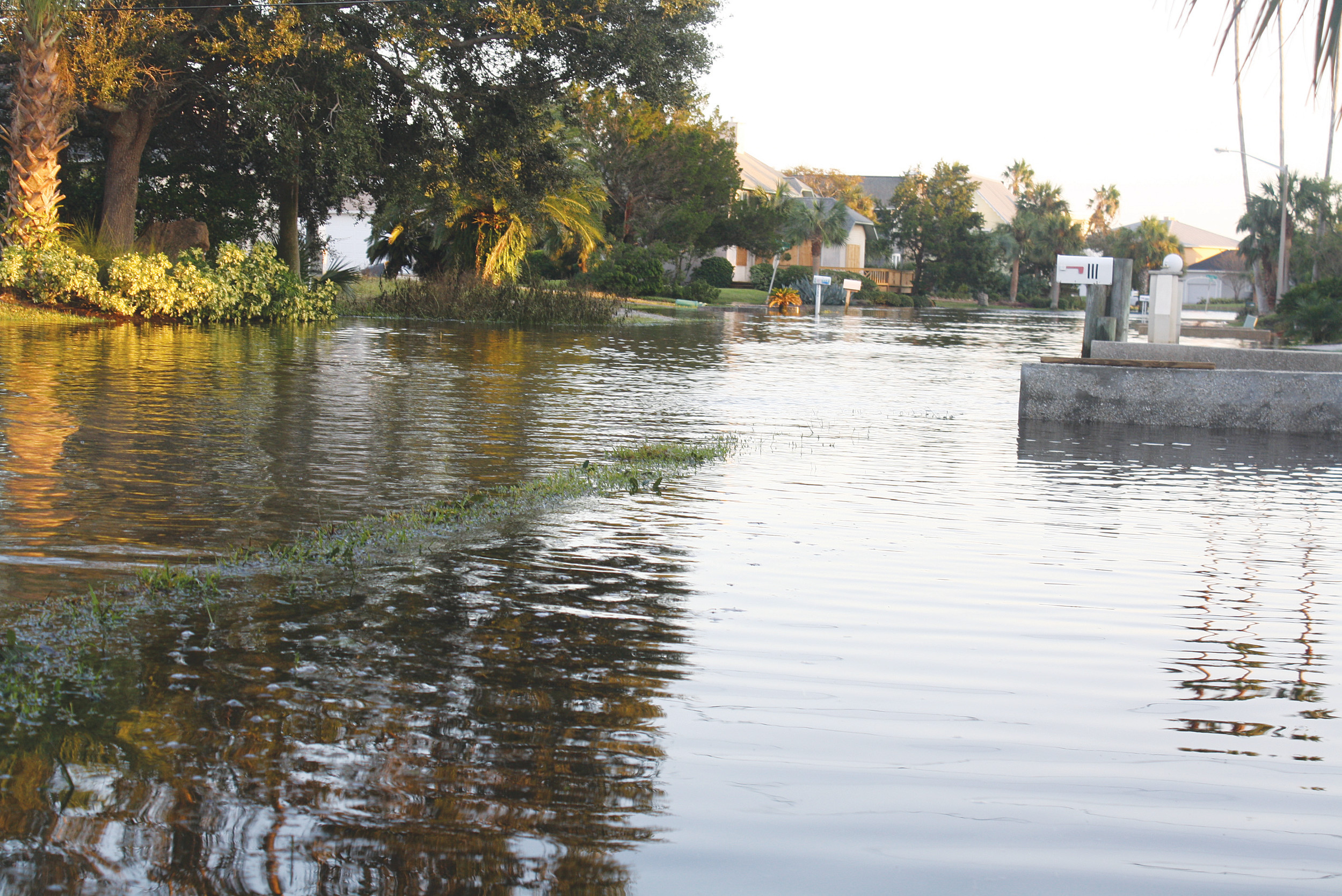Dealing with damage after a hurricane
Post-hurricane damage is often extensive, and restoration is NOT something a property owner should undertake without understanding a bit more about the process. I have listed below some frequently asked questions regarding insurance coverage, timing, restoration services, payment and the Federal Emergency Management Agency (FEMA) that will help you make important decisions about your property’s restoration.
Is hurricane damage covered by my insurance company?
Each insurance company has different levels of coverage. Typically, flood damage (rising water) is not covered by your homeowner’s policy, unless you have an additional policy from the National Flood Insurance Program. In a recent news report, it was stated that 40 percent of the affected homes in Texas DID NOT have flood insurance. Even though they had regular coverage, their rising flood water was not covered.
Should I wait until I have heard from my insurance provider to begin the restoration process?
During a storm event, insurance companies can by overwhelmed with the volume of calls. Most of them expect the homeowner to start restoration services as soon as possible to avoid additional damage. You should strongly consider having a professional company begin the restoration process.
In addition, restoration companies are also overwhelmed during a hurricane. The faster you call them, the quicker you will be added to the list of jobs for them to handle. As the owner of a restoration company, I can tell you I still have two customers’ contents in my warehouse 11 months after Hurricane Matthew because it has taken this long for the build back companies to get caught up. Those two customers were in the last batch of calls we received from the storm last October.
What services can a restoration company offer?
In a catastrophic situation, a restoration company offers demolition of affected areas, a treatment to deter mold growth and drying of the structure. Many building materials that have come in contact with flood water will need to be removed or sanitized. For example, drywall, carpet and most flooring will need to be removed so that the structural wood can be cleaned and sanitized. Most of the cleaning products available from your local hardware store may not adequately sanitize for reconstruction.
What do these services cost?
The cost depends on the square footage affected. My company, PuroClean, will quote the price based on the square footage of the affected area. Our goal is to provide the highest level of service and a price that is within our industry standards and insurance company guidelines. We will provide you with final billing that you can submit to your insurance company and/or FEMA. Your individual insurance coverage will determine the payment schedule for the work being performed.
What will FEMA cover?
If you do not have insurance through the National Flood Insurance Program, FEMA provides low interest loans to homeowners to help repair the damage caused by catastrophic events. Please note that the loans often do not cover the total cost of all repairs that are needed to restore property to pre-loss condition.
As stated on the FEMA website, the National Flood Insurance program aims to reduce the impact of flooding on private and public structures. It does so by providing affordable insurance to property owners and by encouraging communities to adopt and enforce floodplain management regulations. These efforts help mitigate the effects of flooding on new and improved structures. Overall, the program reduces the socioeconomic impact of disasters by promoting the purchase and retention of general risk insurance, but also of flood insurance, specifically.
Wayne Terry is the owner of PuroClean in Jacksonville. For more information about his restoration company, visit https://www.puroclean.com/florida/jacksonville/32244/599/puroclean-emergency-services or call (904) 573-3566.







